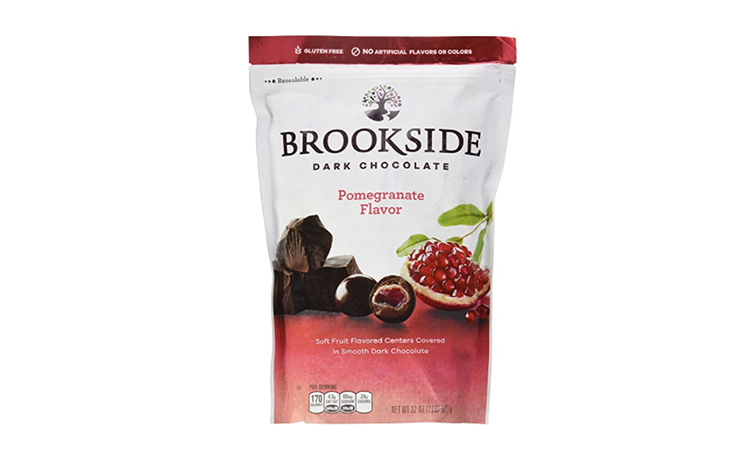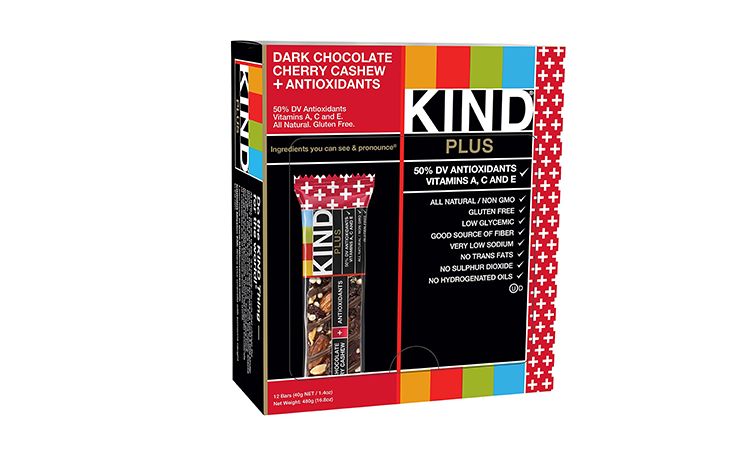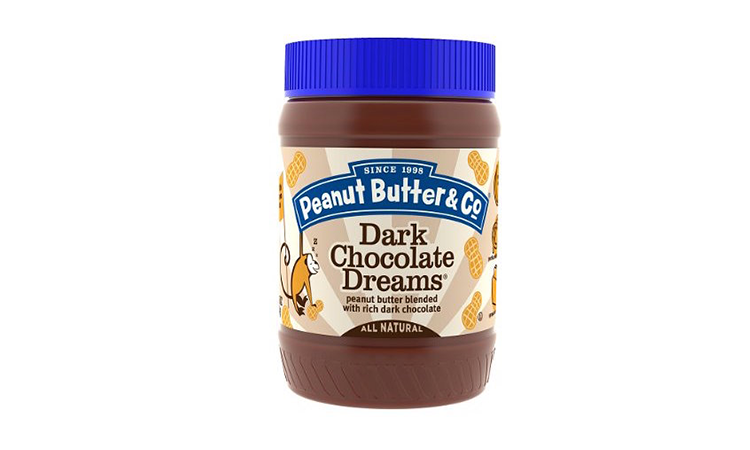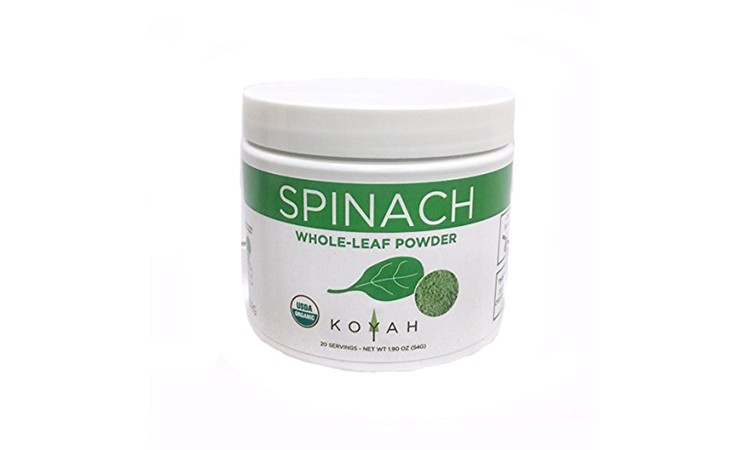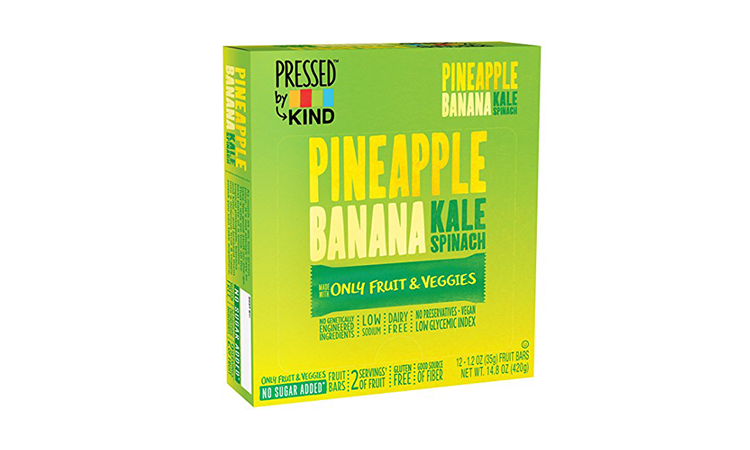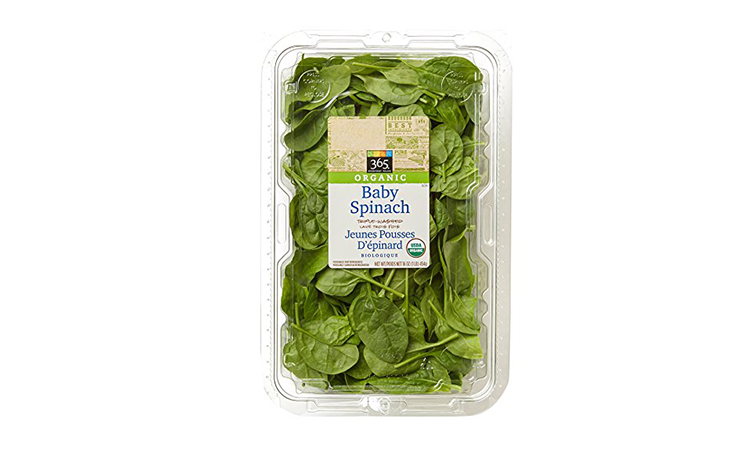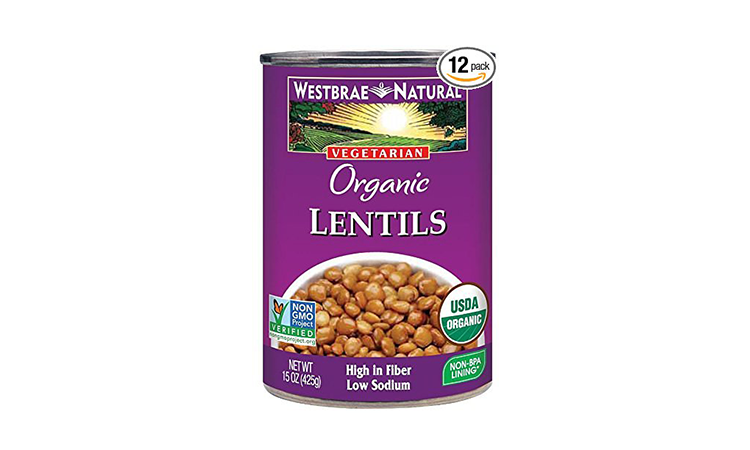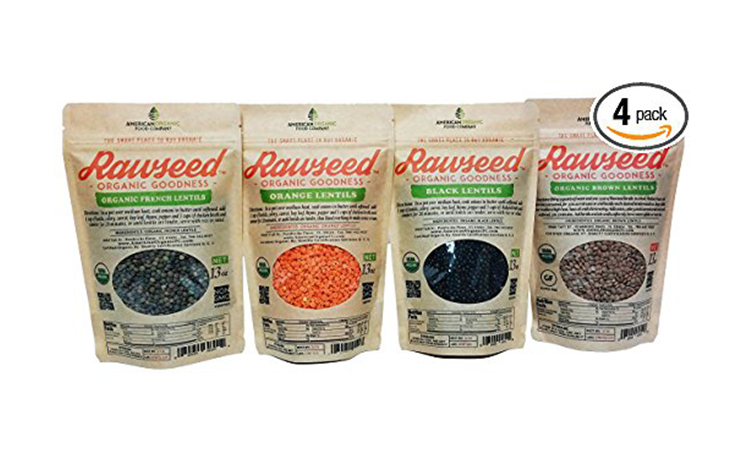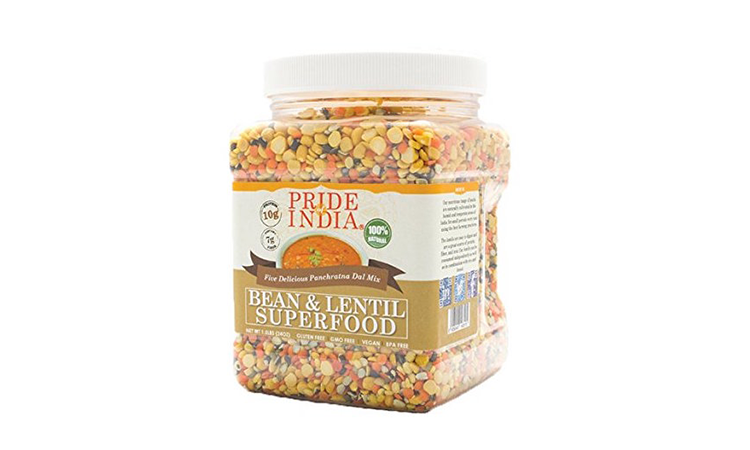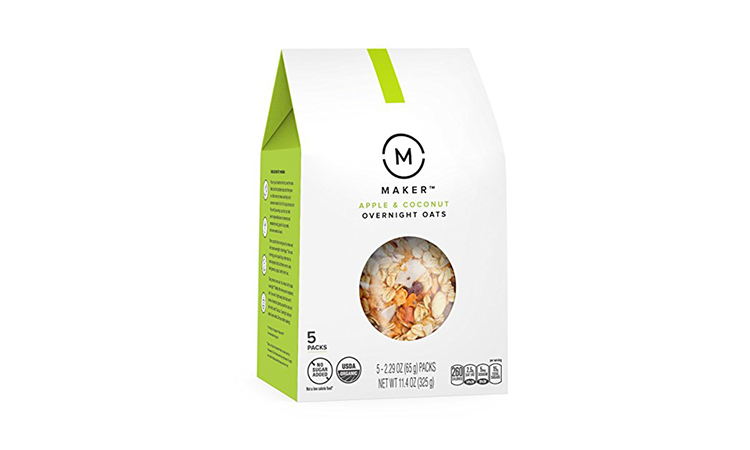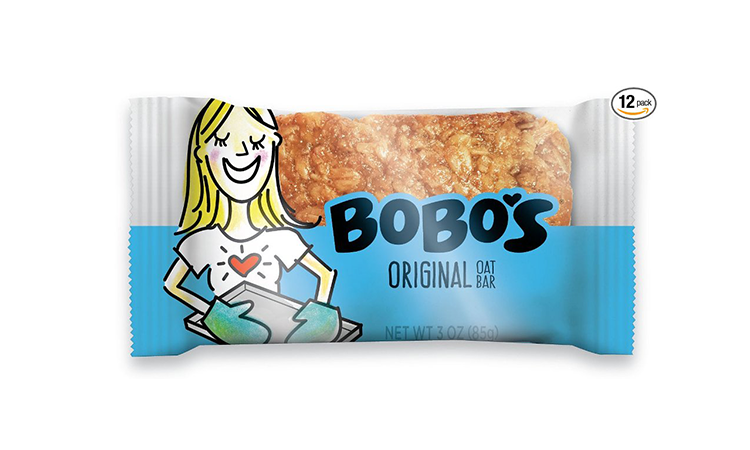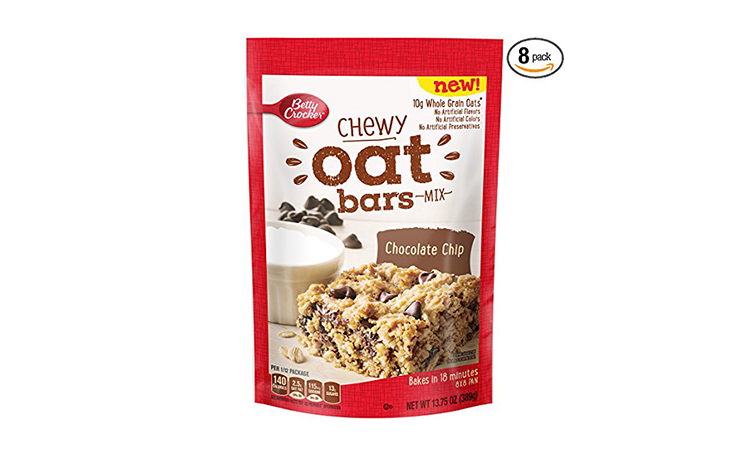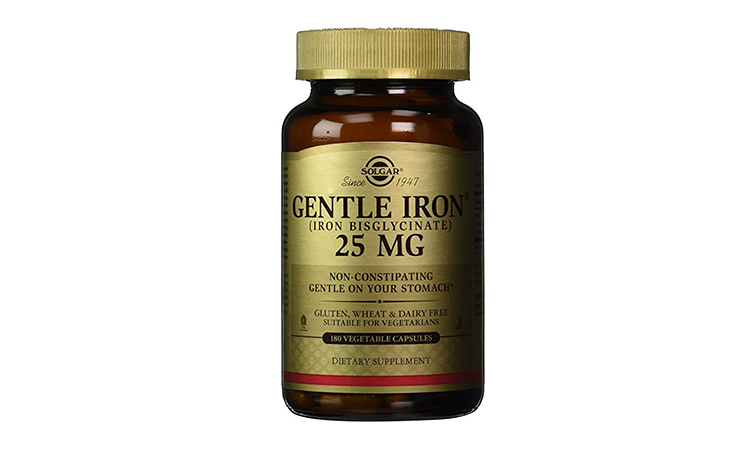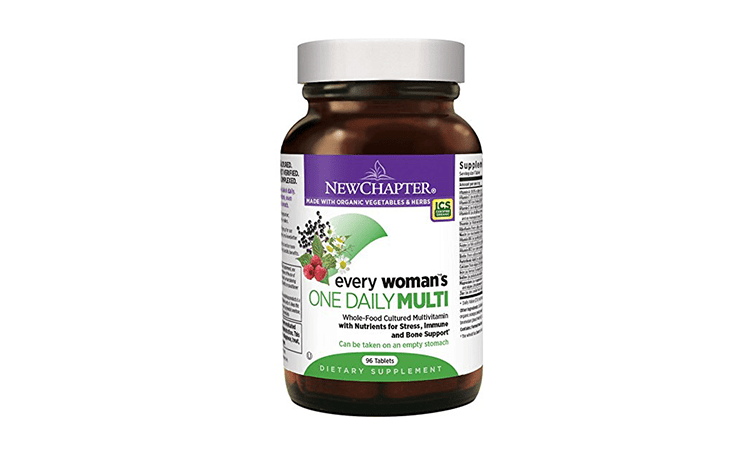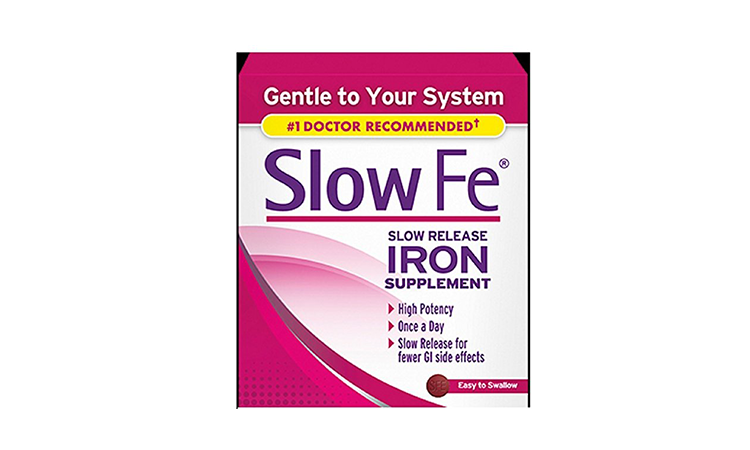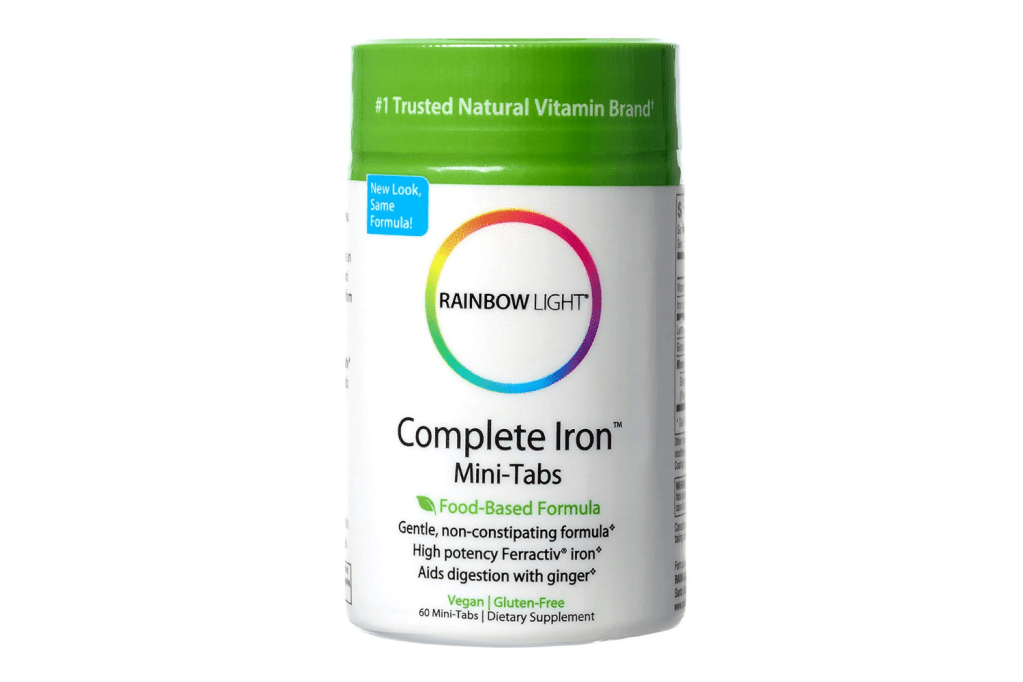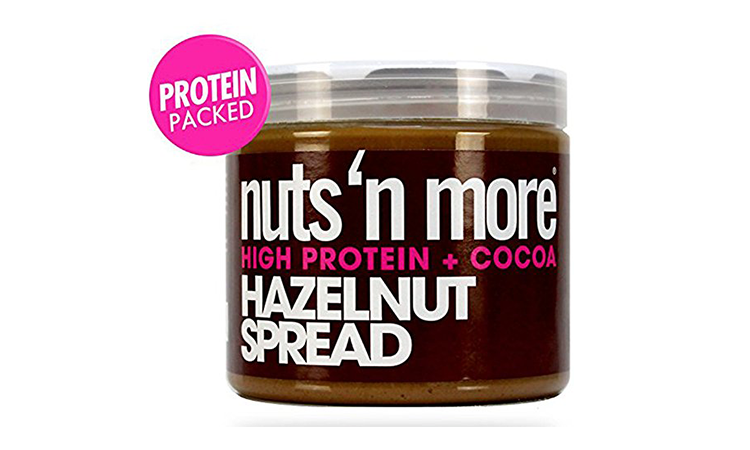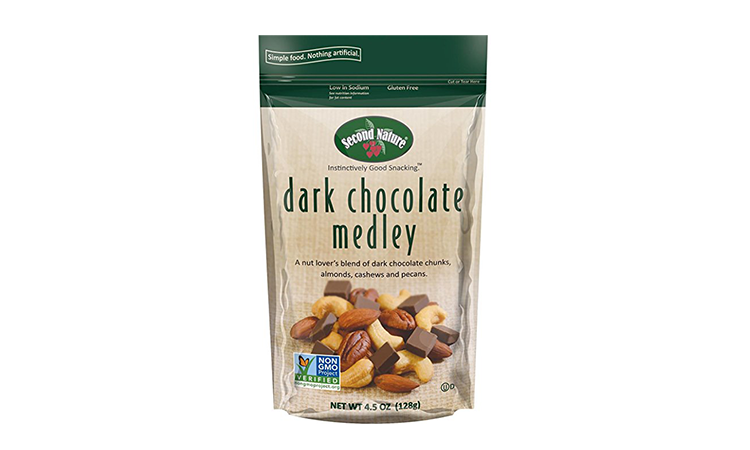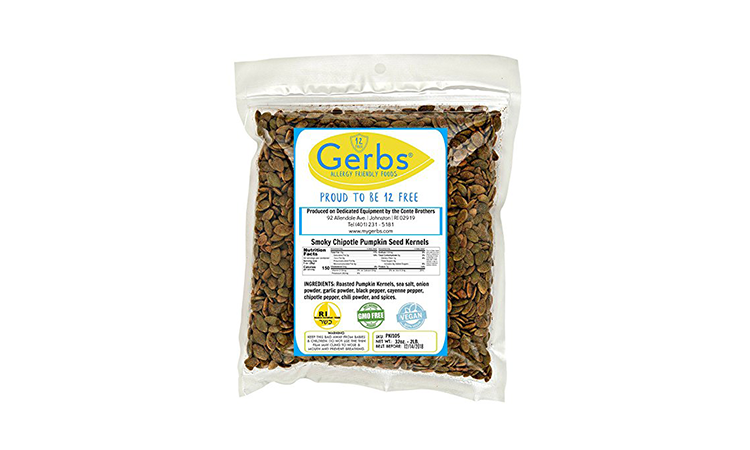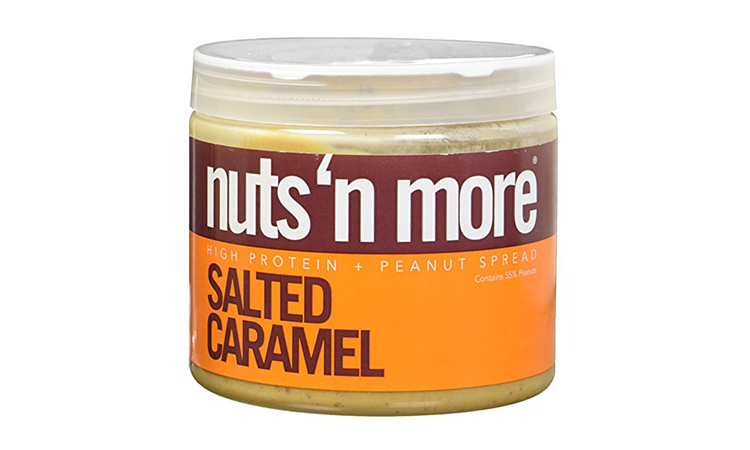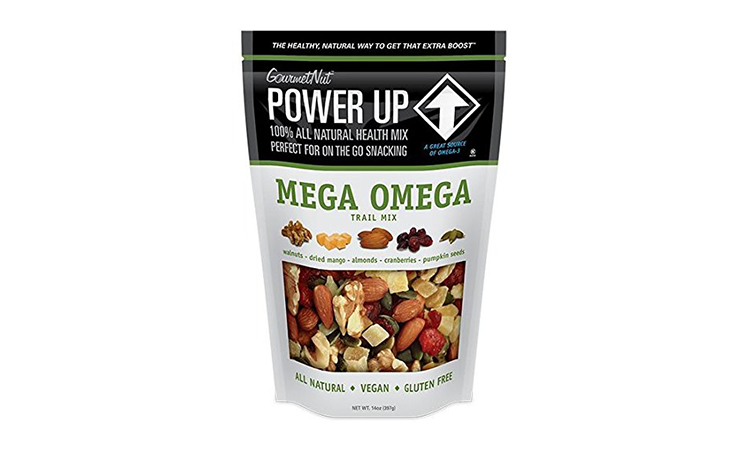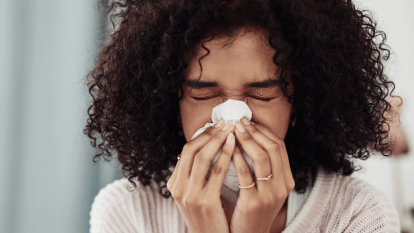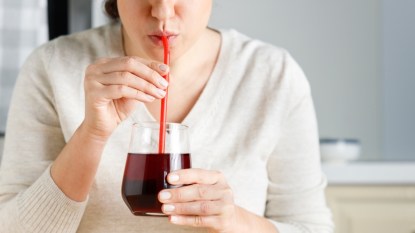6 Foods for Low Iron Levels That Also Make Great Snacks
Combat exhaustion, cold feet, and brittle nails when they become a constant in your life, by eating some of the best foods for low iron levels. If you can relate to these symptoms, then, like many women, your iron levels may be low. Iron-deficiency anemia is a common condition for women, especially those who have not begun menopause. In the United States, approximately 10 million people are iron deficient, and half of those people have iron-deficiency anemia.
Though there are several symptoms of low iron levels, some women have no symptoms or the condition is overlooked. Since proper iron levels ensure that your body functions properly, it is vital to have a physician test you for anemia if you’re concerned. Fortunately, anemia is treatable, and you can maintain iron levels with the right vitamin supplements and a proper diet, under the guidance of your doctor.
Types of Iron
There is a common misconception that all iron is the same. However, iron is categorized into two groups: heme and non-heme. Plants, dairy, and eggs provide non-heme iron, while meat, fish, and seafood are rich in both heme and non-heme iron. Both types are needed for the body to function properly, but heme is more easily absorbed than non-heme. Because of this, vegetarians and vegans may not get enough iron from the foods they eat. Additionally, women who menstruate and regular blood donors are also more susceptible to have low iron levels in blood.
Non-heme doesn’t absorb well because it must first be altered by the digestive system in order for our bodies to be able to use it. This affects the iron’s bioavailability, which is the ease and effectiveness of a drug or mineral getting into your bloodstream. Non-heme has a lower bioavailability, so focusing on foods that carry this type of iron is important, especially if you eat a mostly plant-based diet.
How much iron per day should I be consuming?
Women between the ages of 19 and 50 should focus on getting at least 18 milligrams of iron each day, according to the National Institutes of Health (NIH). It especially important for this age bracket because most still continue to menstruate and experience greater blood loss. However, once you reach menopause, it is recommended that you decrease your iron intake to eight milligrams per day. It is important to note that not everyone easily absorbs iron. If your levels are low and your body doesn’t easily absorb the mineral, look for “chelated” iron supplements, which are easier to absorb. Though iron supplements can cause stomach cramps and constipation, iron is best absorbed when taken on an empty stomach. Vitamin C also helps the absorption of iron, so taking vitamin C supplements or eating foods with high levels of vitamin C will help you absorb your recommended amount much easier when eating snacks with iron.
What does iron do for the body?
While supplements like vitamins D and C are crucial to maintaining a healthy immune system, iron produces hemoglobin, a protein found in red blood cells. These cells carry oxygen from your lungs to all parts of your body. Iron also helps your body create myoglobin, a protein that transports oxygen to your muscles. According to the NIH, iron helps build connective tissues and hormones too. What a powerhouse!
Do I have anemia?
Talking to your doctor is the best step in figuring out if you have an iron deficiency or anemia. Common symptoms of low iron in women include extreme fatigue, lightheadedness, dizziness, weakness, shortness of breath, brittle nails, damaged hair, and cold hands and feet. However, some women have no symptoms. Either way, your doctor can administer a blood test to find out where your iron levels stand. Your doctor may recommend a supplement, as well as certain foods that can help restore the amount that’s been depleted.
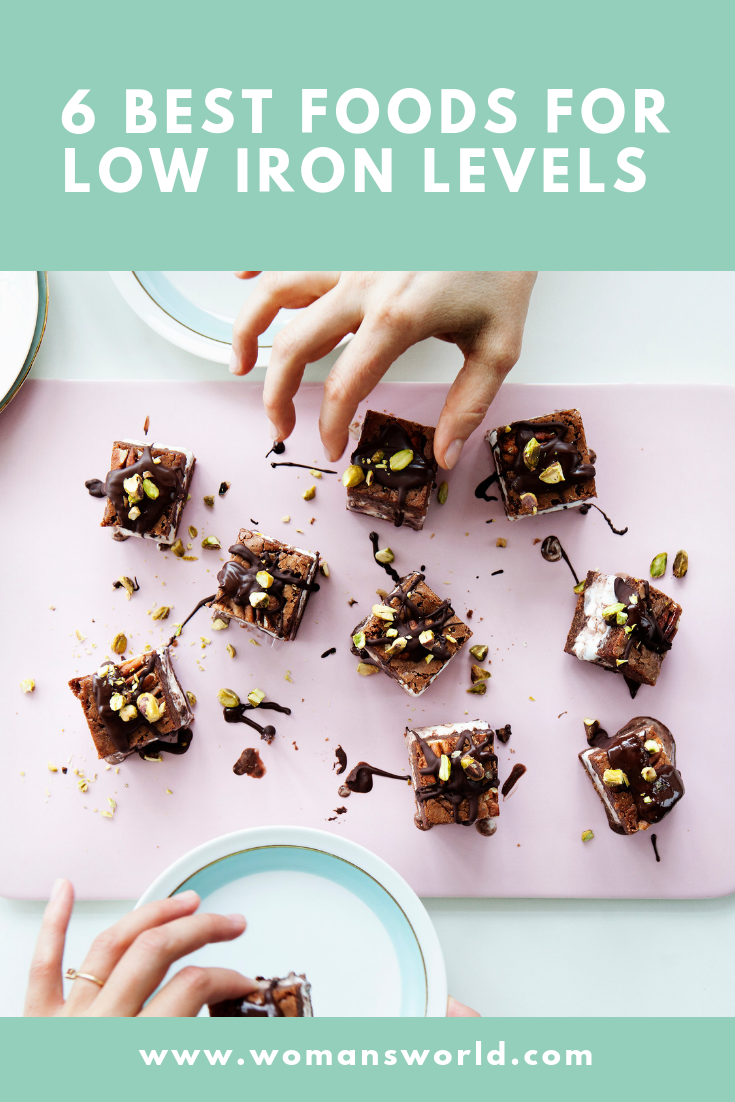
Best Foods for Low Iron Levels
While foods like grass-fed beef, chicken liver, and sardines are all rich sources of heme iron, they’re not always the most snackable or easy to take on the go. And if you’re a vegetarian, you’re out of luck! However, it’s easier to incorporate non-heme iron into your diet than you’d think. So what foods have iron in them? Foods like eggs, chocolate, nuts, seeds, and lentils are iron-rich and some of the most delicious snacks around. Our guide to the six best snacks for low iron will show you just how easy it is to incorporate iron-rich foods into your everyday life. Keep scrolling to see the best iron-rich foods for women you can easily sneak into your diet!
We write about products we think our readers will like. If you buy them, we get a small share of the revenue from the supplier.



